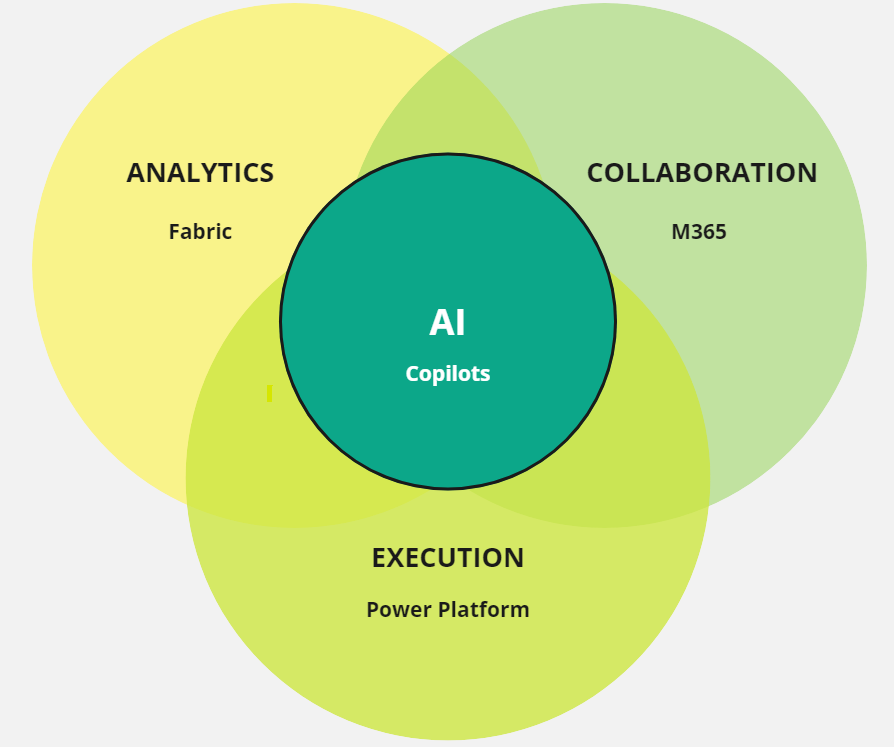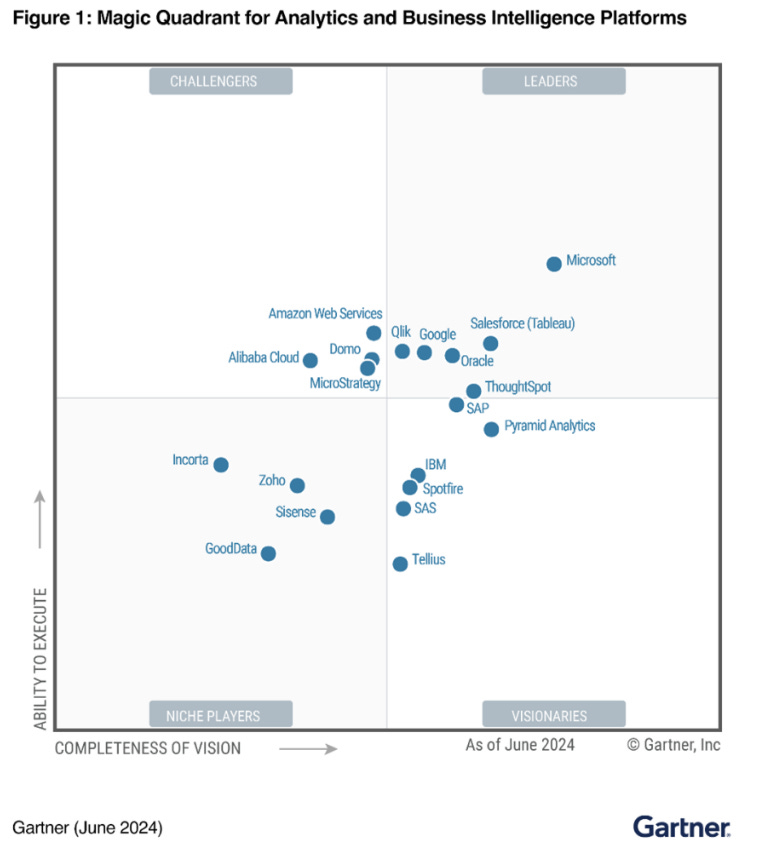Power Platform Conference 2024 Initial Takeaways
Microsoft's emerging platform strategy will have major implications for organizations, especially for functions at the intersection of strategy and analytics like FP&A.
We attended our first Power Platform Community Conference this week and it was enlightening to say the least.
A few takeaways:
Microsoft is building something massive.
Power Platform alone is a leading low-code product suite. While the conference was Power Platform-focused, it was readily apparent that the true ‘platform’ is (and will be) much more - M365, Power Platform, and Fabric (with Power BI, OneLake, and everything in between) all connected together, with AI woven throughout.
While some of the connections are still works in progress and they aren’t perfect, most are already superior to integrating disparate systems or buying platforms cobbled together with acquisitions.
The long-term scope of what Microsoft is building is so massive that it’s difficult to comprehend, because it transcends traditional functional divides and personas. It’s a platform with which executives, operators, analysts, data scientists, and technologists can all engage with equally. This package could be as ubiquitous as Windows and Microsoft Office were originally.
.
The platform is now more accessible than ever.
Unlike many SaaS solutions that charge high platform and subscription fees, have minimum contract sizes, and force you to go through a complex sales process, an individual today can have all of the above for < $100 per person per month. No license minimum or annual contract required, and Power Platform and Fabric both have free trials.
A team of 10 can have access to the same technology as Fortune 100 companies. And all the resources needed to learn are readily available on various content platforms including YouTube and Microsoft’s learning portal.
Coming into the conference, I wasn’t sure if Fabric was going to be accessible or appropriate for us as a small business. Coming out, I now know that Fabric will be even more critical for us than Power Platform and for our clients ranging from startups to enterprise.
If this were any other SaaS provider I’d expect at least a 5-figure entry price for all of these capabilities. I was surprised to find out that we in fact already have access to Fabric with our $20/month Power BI licenses.
Right now it feels like when the internet was new and anyone could play a meaningful part in building it out. Microsoft has opened its doors to everyone and democratized enterprise software. Now it’s time to build.
The old is becoming the new.
In the planning space, we’ve seen an endless stream of ‘Excel-killers’, but yet Excel is more alive than ever. While keeping offline spreadsheets on your desktop is of course not a best practice, the fact that Excel is now in the cloud and can connect directly with Power BI, OneLake, Dataverse, etc., grants the same robust capabilities as EPM solutions while maintaining the familiarity and ease of use of tried-and-true apps like Excel and PowerPoint. Why settle for ‘Excel-like’ when you can have Excel itself?
With data, reporting, analytics, and AI all being addressed, I expect planning in Excel to be more viable for even larger companies than ever before. No more integrating 20 systems into an EPM solution when the data is already centralized and directly accessible in OneLake!
The product suite feels familiar in many other ways as well. All the apps share the familiar ribbon. Power BI feels similar but much more powerful with a cloud interface and Copilot to reduce the amount of DAX coding needed. Dataverse feels a lot like SharePoint on steroids. The individual apps are familiar, but they’ve all been made magnitudes more powerful with cloud interfaces, cross-platform integrations, and AI. If you used any of these apps 10 years ago, they are worth revisiting now.
During the 2010s, Microsoft was a bit of a punching bag when it lagged behind Google with cloud-based productivity solutions, but they seem to be blowing past the competition with Power Platform and Power BI both clearly leading their category and Copilot leading the way for enterprise AI.
We’ll be sharing much more as we continue working on figuring out planning best practices in the context of this technology revolution.
Note that we are not a Microsoft partner, in fact how we have done planning in the past has relied more on best-of-breed EPM cloud solutions. It is clear now, however, that the enterprise software landscape is rapidly shifting and not only finance teams but every organization and function will need to adapt accordingly.




